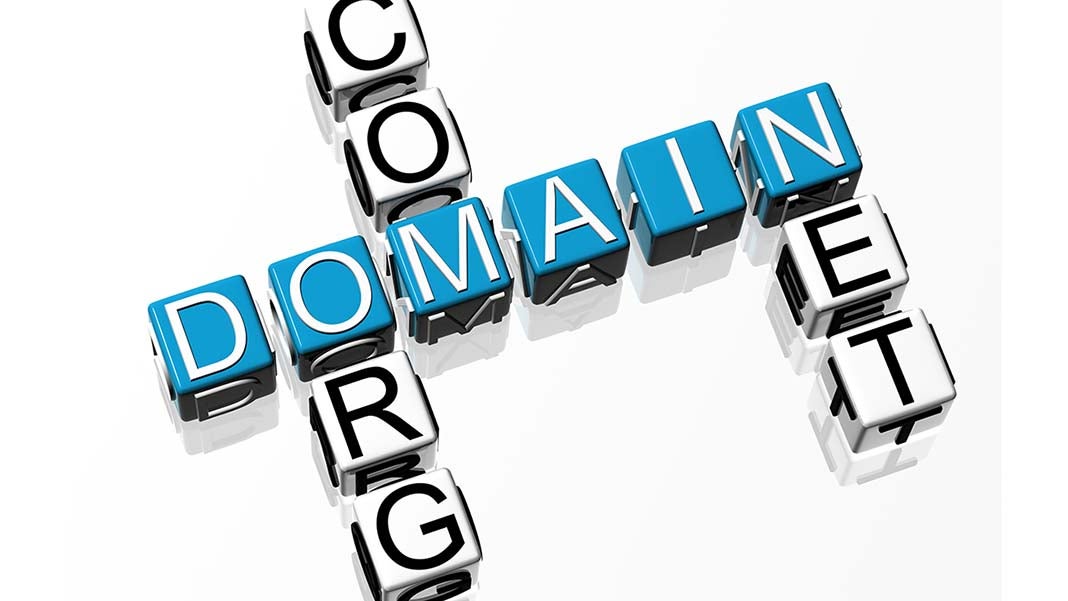
Reposted with author’s permission from Entrepreneur.com
In today’s competitive business landscape, being uniquely different is meaningful. Almost every business category is bustling with organizations that tout a unique advantage.
It is sometimes ironic to see a business, which claims to be unique or one-of-a-kind, utilize a domain name that doesn’t best serve itself because it has hyphens, misspellings or additional words. Instead of defaulting to traditional domain extensions like .com and .net, businesses everywhere are embracing a modern strategy for differentiating themselves in a sea of sameness.
These extensions are enabling a new generation of digital-savvy entrepreneurs to stand out in search listings, attract more customers and build stronger online communities.
The anatomy of a new domain name
For any personal brand or business, your customers must understand who you are and what you do. Descriptive domain names can tell that story in a matter of seconds. Domain extensions also serve the critical purpose of instantly telling a story to your customer. Descriptive keywords in your extension, like .games or .live for example, communicate what you do and how you’re engaged in a growing online community. This branding tool is invaluable.
A brief guide to choosing a descriptive domain
When deciding what domain you want for your business, it’s important to begin by doing your research and asking the right questions. Google recommends these four questions as a guide to choosing a domain:
- Is there an available domain that’s relevant to your brand or business?
- Will your domain help explain and exemplify what you do?
- Will your selected TLD enable you to have a shorter, more memorable web address?
- Will your domain name as a whole be distinct and memorable?
In a crowded digital ecosystem, it can be difficult to ensure you have a relevant, distinct, short and descriptive domain on a legacy extension like .com and .net. Many companies would not be able to answer these questions to their liking given the limitations of an oversaturated legacy-domain world.
Some brands think they’ve found a compromise, using hyphens or prefixes like “get”, “buy” or “eat”, to attempt to avoid the price tag of their ideal one-word, legacy domain. Instead, descriptive TLDs offer clean and uncompromised domains that not only serve as an internet address but more importantly, a branding tool.
For example, in 2017, DXC.technology, a billion-dollar construction company, rebranded from its legacy address, dxctechnology.com, to descriptive domain dxc.technology. This domain is now used as its logo and placed on their high-rise buildings all over the world.
The power of detailed, descriptive domains
Even as descriptive domains are increasingly embraced by companies across industries, there is no shortage of unique and descriptive domain names, for now. This powerful communication tool achieves instant branding and memorability — so your first impression is strong right out of the gate.
For example, the fictional company Big Top Games has a choice between bigtopgames.com or bigtop.games to showcase its position as a cutting-edge gaming company. Not only that, it can feature its domain in its logo and branding for valuable repetition and memorability of where people can find the company.
Embrace the descriptive domain wave
Along with DXC.technology, other Fortune 500 companies trust and adopt new top-level domains, including Amazon (amazon.care), Ikea (ikea.today), and Xbox (xbox.games) to name a few. And while many Fortune 500 companies own multiple TrueName domains to continue to grow their business and stay competitive, well-funded start-ups such as switchboard.live, builders.studio, thewrap.life, armoire.style, and drink.haus are also using descriptive domains to break through the noise and stand out.
Is your business ready to embrace the benefits of descriptive domains and stand out as a competitor? Look beyond the status quo and find a domain name as unique as your business.












